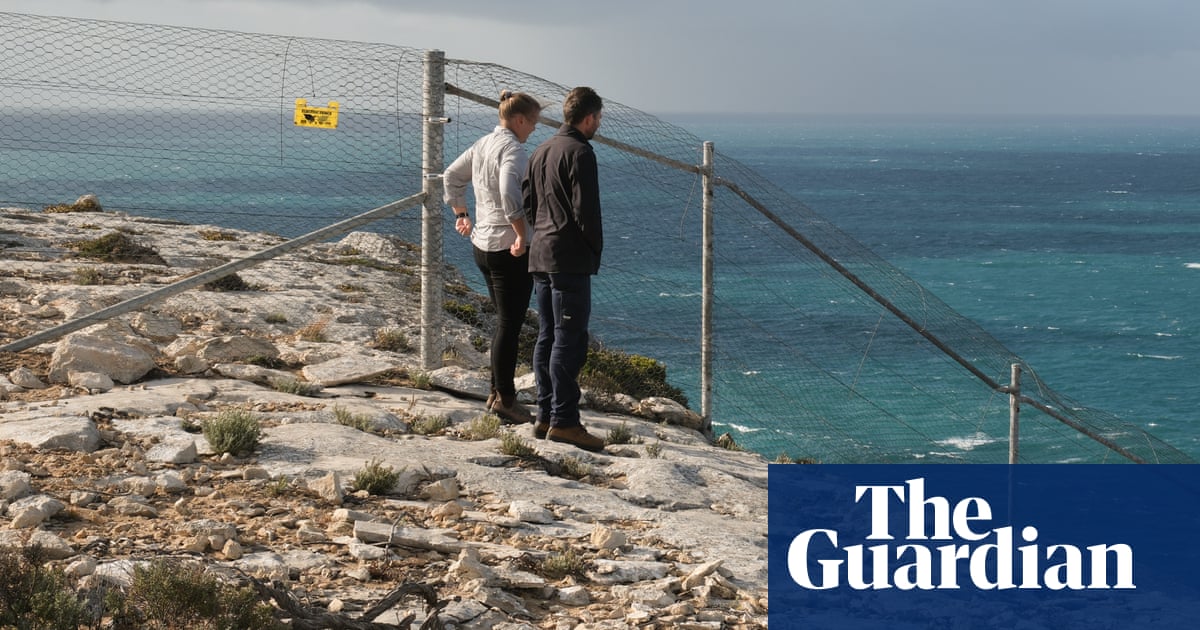Kangaroo Island’s Battle Against a Clawed Predator Threatening 1.5 Billion Australian Animals Annually Using Drones and AI

Kangaroo Island’s Feral Cat Eradication Program: An Overview
Kangaroo Island, located off the southern coast of Australia, is home to a unique project aimed at eradicating feral cats. This initiative is particularly significant as it strives to protect the island’s native wildlife which is under constant threat from these invasive predators.
Unique Features of the Cat-Proof Fence
One of the standout components of the eradication strategy is a specifically designed cat-proof fence. This fence has a steep drop on one side that descends into the ocean, while a flexible, electrified top section deters cats from climbing over. The lower part of the fence is fortified against burrowing, thus preventing cats from tunneling under it. The design also allows for gaps that filter human and animal traffic, directing potential intruders through a series of monitored traps.
Success in Reducing Cat Population
The Dudley Peninsula eradication project is managed by the KI Landscape Board (Kilb) and covers an area of about 38,000 hectares. This carefully orchestrated initiative has successfully reduced the feral cat population on the peninsula from approximately 1,600 to around 150. While exact figures are difficult to ascertain, the reduction is substantial and a testament to the effectiveness of the program.
Modern Technology in Use
Modern technology plays a crucial role in monitoring and controlling the feral cat population. The program employs cat-detecting dogs, drones, artificial intelligence, and thermal imaging. Additionally, there is a feline hotline for local residents to report cat sightings, further aiding the tracking efforts.
Nationally, feral cats are responsible for the deaths of over 1.5 billion native animals annually, highlighting the urgency of control measures like the one on Kangaroo Island.
Threats Posed by Feral Cats
Feral cats pose severe threats to various native species, including endangered animals such as the Kangaroo Island dunnart and the southern brown bandicoot. The impact of feral cats goes beyond predation; they are known to spread diseases harmful to wildlife, livestock, and humans. For instance, diseases like toxoplasmosis threaten the survival of sea lions and penguins on the island.
Strict Laws Regulating Domestic Cats
Kangaroo Island enforces some of Australia’s strictest domestic cat laws. Pet cats must be kept indoors or in a confined area, and they must also be registered, microchipped, and desexed. This reduces the risk of accidentally trapping domestic cats during the eradication efforts, which involves checking all captured felines for microchips.
Importance of Funding and Future Plans
Experts like Jack Gough from the Invasive Species Council highlight the importance of continued support for the eradication program. An essential winter blitz is necessary to phase out the remaining feral cats, and Gough has requested additional funding of $1.93 million for this initiative. The council is also seeking a total commitment of around $6.2 million over the next three years to ensure the program’s long-term success.
AI and Innovative Detection Techniques
The project employs advanced technologies such as wildlife cameras and AI to improve tracking methods. Over 270 cameras capture images of the cats roaming the island, with AI processing thousands of images to differentiate cats from other wildlife. Eventually, AI may even be able to recognize individual cats, allowing for more targeted efforts.
There are also innovations like thermal optics and robotics designed to assist in detection and capture processes. A new drone equipped to find cats using thermal imaging is expected to herd them away from protected areas by utilizing sounds and food lures.
Impact on the Ecosystem
As the feral cat population decreases, the local ecosystem is starting to show positive signs of recovery. According to reports, there have been sightings of more ground-nesting birds and even the pygmy possum, a species many locals had never seen before. Although native bandicoots have not yet significantly rebounded, the ongoing efforts are seen as a step toward restoring balance to the island’s ecology.
The Kangaroo Island feral cat eradication program is one of the most ambitious of its kind, showcasing innovative methods and a commitment to protecting native wildlife. The efforts being undertaken reflect a growing awareness of the critical role local ecosystems play and the urgent need to safeguard them from invasive species.






